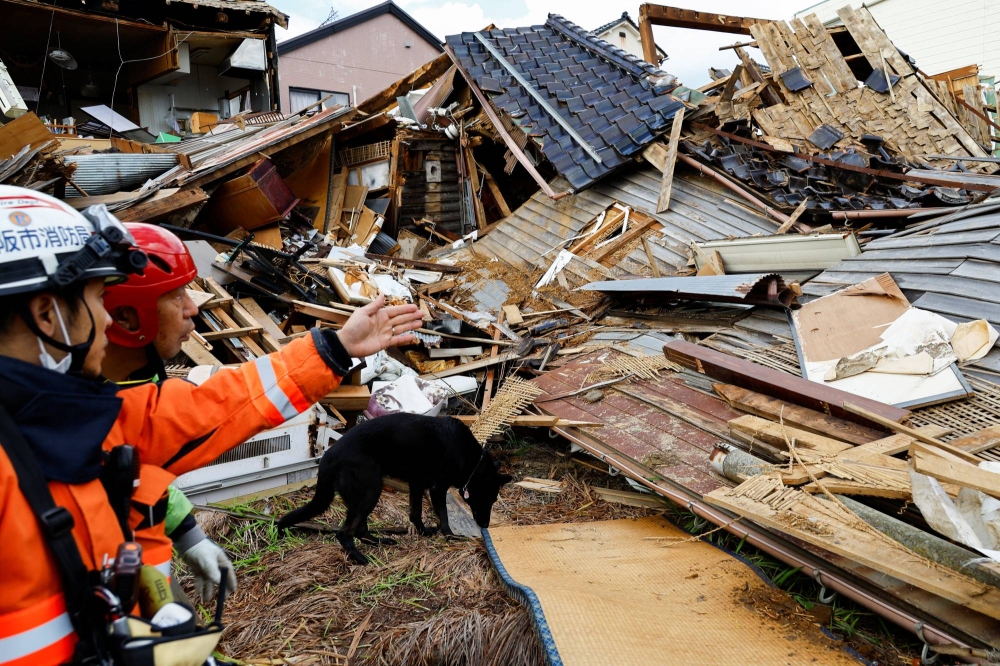By Dr Hideyuki Shiroshita

Photo credits: The Japan Times
In Japan, disaster risk reduction (DRR) measures and climate change policies have, for many years, been promoted as separate efforts. In terms of governmental responsibilities, DRR has mainly been handled by the Cabinet Office, whereas climate change mitigation and adaptation have fallen under the Ministry of the Environment. Only recently has there been a more active attempt to link these two areas. In June 2020, the Cabinet Office and the Ministry of the Environment jointly released a strategy titled “Climate Change × Disaster Risk Reduction in the Era of Climate Crisis.” Following this, the Ministry of the Environment published the “Climate Change × Disaster Risk Reduction Implementation Manual” in March 2024 to encourage more practical collaboration.
Even so, Japan’s DRR policies continue to focus strongly on geo-hazards such as earthquakes and tsunamis. This is understandable, considering the enormous impact of the 2011 Great East Japan Earthquake and Tsunami as well as the anticipated threat of a future Nankai Trough earthquake. At the same time, however, the country has seen a number of severe disasters that are closely related to climate change. The 2018 Western Japan floods, which resulted in more than 200 fatalities, and the frequent record-breaking heatwaves and heavy rainfall events are clear signs that the effects of climate change can no longer be ignored.
For many citizens, measures against meteorological hazards tend to be limited to checking weather forecasts and evacuating when necessary. Infrastructure such as drainage systems has helped reduce the damage from moderate-scale events, which may have contributed to a sense that these disasters can be managed in relatively simple ways. However, climate change is making weather-related hazards more severe and more frequent. This means that our current approaches must be updated, and doing so inevitably requires a stronger emphasis on adaptation.
I have been involved in disaster education with children for many years, and one challenge I often notice is that there are only a limited number of adaptation measures that children themselves can carry out. Large-scale actions—such as improving infrastructure or updating hazard maps—are usually conducted by local governments or experts, so children tend to take on a role mainly related to awareness-raising. This can be seen as one of the limitations of teaching DRR as an independent topic.
However, when DRR is considered together with environmental issues and climate change, new possibilities appear. Many climate mitigation actions, such as saving energy or reducing waste, are things that children can practice in their daily lives. These activities not only help reduce greenhouse gas emissions but can also contribute to lowering future disaster risks. By integrating DRR and climate change, we can make the learning experience more concrete and help children feel that their actions are meaningful.
Introducing COP as a theme in DRR education could be an effective first step. COP provides an opportunity to learn how discussions at the global level relate to the risks we face in our own communities. It also helps children understand that DRR is not only about preparing for emergencies, but also about creating a more sustainable and resilient society.
By using COP as a starting point and by reexamining DRR from the perspective of climate change, we can encourage broader and more future-oriented thinking among the next generation.
Author’s Short Bio:
Dr. Hideyuki Shiroshita is Founding President of the ADN and Associate Professor in Disaster Mitigation and Safety Education at Kansai University. He is a Member of the ADN Network on Loss and Damage.
